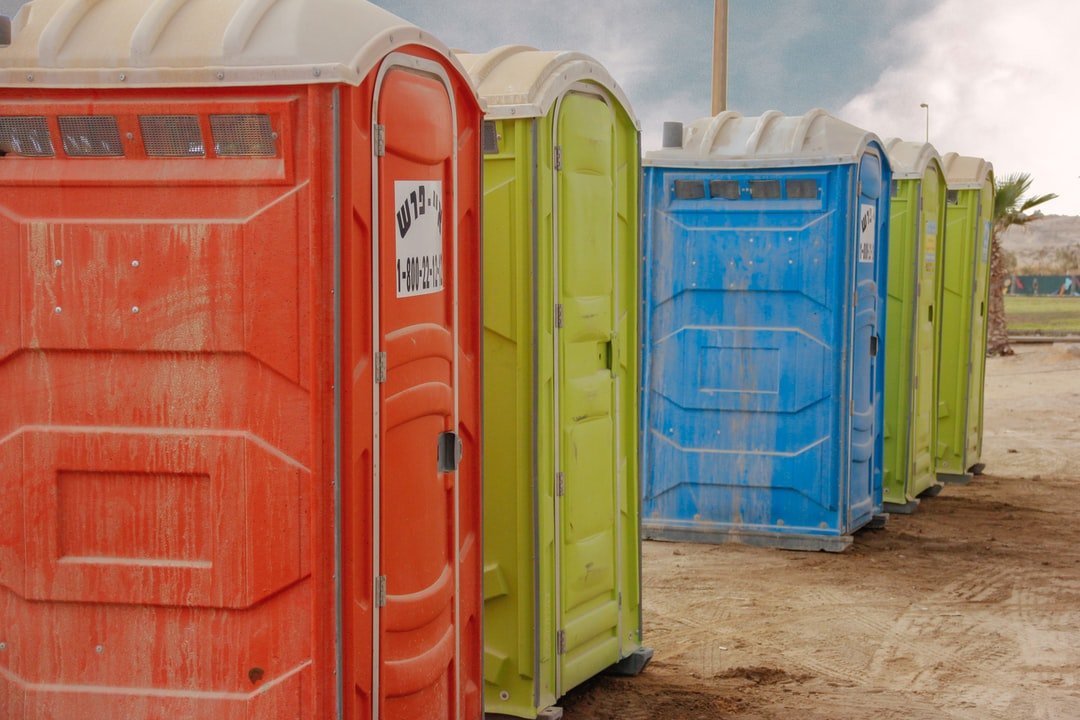A Brief Look at How Portable Toilets Can Benefit You

Portable toilets are a special breed of waste management equipment that is made to fit into small spaces without the need for extensive and expensive renovation of public restrooms. In many cases, portable toilets are also called portable toilets, or even just portable toilets. What they lack in style and design more than anything else is in size, as they are generally much smaller than the majority of public restroom fixtures, which means that they can occupy a relatively small area in a very crowded public space. But despite this lacking in height and width, they make up for in other ways, too. Check out this site to get the best portable toilets.
First of all, portable toilets don't rely on gravity to work their way out of the floor of a public restroom. A portable toilet is any sort of toilet which can be moved about, either by one person moving it, or by mechanical tools moving it. All kinds of these toilets come with their own wheels and a little mechanism which let them go across the floor at a slow but steady pace. Most kinds don't need any pre-existing facilities, including sewage disposal, and are fully self-contained themselves. So all that's needed to manage a public restroom with one of these is to have a system for collecting and handling human waste.
Another important advantage of portable toilets is the fact that they encourage hand washing. We've all heard about the huge number of people who find it difficult to go to the bathroom when they have to use a public facility that doesn't feature an easily accessible urinal. And while some people find it hard to go to the bathroom when there's another person around, particularly when they're travelling, using a portable toilet can solve that problem. Some of these toilets even feature a touch screen, so you can use a remote control from any distance, and you can even wash your hands in them! This is a particularly useful feature for disabled or elderly people, since they may find it difficult to get to the loo without holding their hands to their faces.
You also don't have to worry about spreading germs while you're using a public toilet. Many public toilets have special seats designed to prevent them from being used as a source of infectious waste. These seats usually feature a raised seating area for the elderly or those with poor mobility. The seat is also protected by a barrier that covers the entire seat, preventing you from spreading anything to other people sitting nearby. In addition to this, many portable toilets come with a small hand sanitizer compartment, allowing you to place some inside the compartment before you sit down. Find out more about portable toilets here.
One of the most important advantages of using portable toilets is the space they save. Whereas regular toilets take up so much space, they're really useful for places where there isn't enough room for a bigger version, or one that requires frequent emptying. This means you can often avoid having to empty it yourself, saving you time and money. And since portable toilets are made to be lightweight, they can easily be transported from place to place without creating too much waste.
Although portable toilets are commonly used for business reasons, they're also widely used in homes. They're especially popular in college dorms, because they can make it easier for people to avoid spreading germs. They're also commonly used in public restrooms, because they're smaller than most toilet seats and therefore make it easier to avoid splashing a lot of water around. Finally, they're used by many wheelchair users, who find it more comfortable to sit in. You can even buy specially made chairs for yourself, should you need to sit in a wheelchair for some reason. Even if you use a public toilet on a regular basis, you may occasionally want to bring your own portable toilets, to avoid waste management problems at home. Get more details about a toilet here: https://en.wikipedia.org/wiki/Toilet_(room).
